Spontaneous human combustion: Can humans be consumed by fire spontaneously?
In December 1966, the body of Dr. John Irving Bentley, 92, was discovered in Pennsylvania, next to the consumption electricity meter of his home. In fact, only part of his leg and a foot, even with the slipper had been found. The rest of his body had been burned to ashes. The only evidence of the fire that killed him was a hole that was in the bathroom floor, the rest of the house was intact and had not suffered anything.
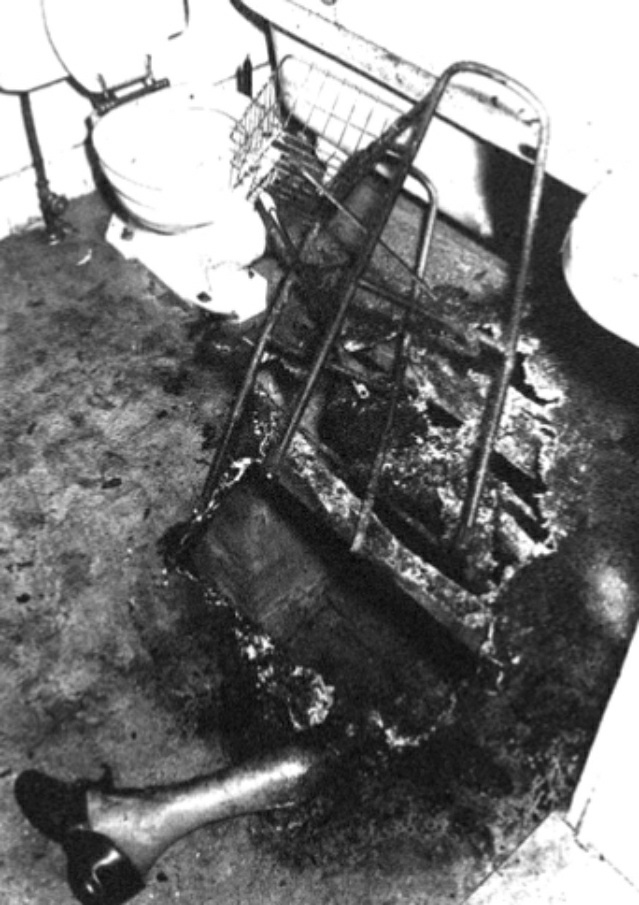
How could a man catch fire ― with no apparent source of spark or flame ― burning down his own body, without spreading the flames to anything around him? The case of Dr. Bentley, and hundreds of other cases like it have been labeled “Spontaneous Human Combustion (SHC).” Although he and other victims of the phenomenon have been burned almost completely, the neighborhood where they were, or their clothes, often were left untouched.
Can humans be consumed by fire spontaneously? Many people believe that Spontaneous Human Combustion is a real fact, but most scientists are not convinced.
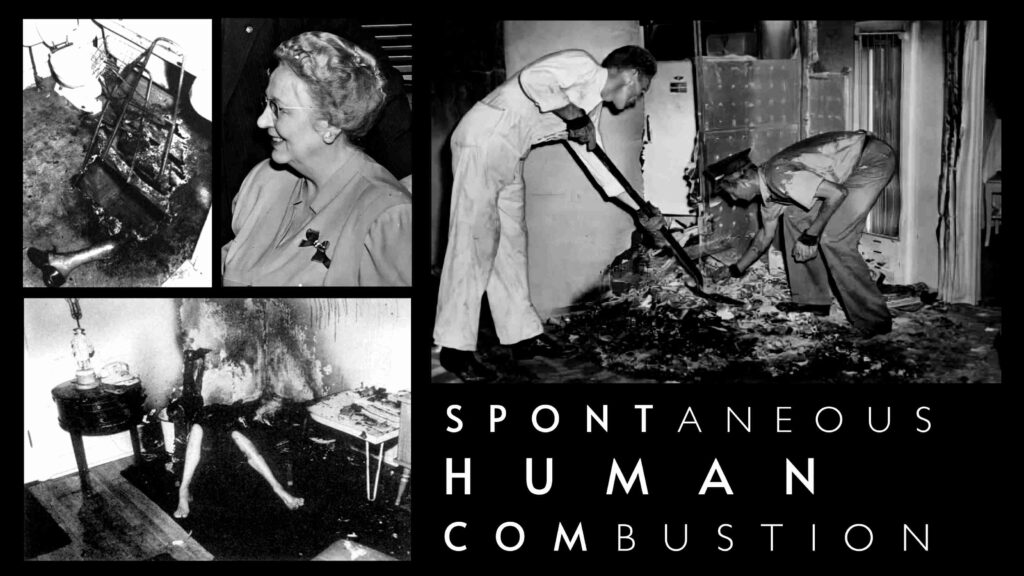
What Is Spontaneous Human Combustion?

Spontaneous Combustion occurs when a person breaks into flames because of a chemical reaction within, apparently not caused by an external source of heat. More precisely, Spontaneous Human Combustion (SHC) is the concept of the combustion of a living or recently deceased human body without an apparent external source of ignition. This phenomenon is extensively believed to be an unsolved medical mystery to this day.
The History Of Spontaneous Human Combustion
For several centuries, people have debated whether human beings can spontaneously combust, or burst into flames without being ignited by an external source. The first known spontaneous human combustion was described by the Danish anatomist and mathematician Thomas Bartholin, in 1663, in his Historiarum Anatomicarum Rariorum ― a tome which catalogued strange medical phenomena.
In the book, Bartholin described the death of an Italian knight called Polonus Vorstius who drank wine at her home in Milan, one evening in 1470 before bursting into flames and reducing to ashes and smoke while asleep. Though, the straw mattress on which she slept was not damaged by fire.
In 1673, a Frenchman named Jonas Dupont published a collection of cases of spontaneous combustion in his book “De Humani Corporis Fires spontane.”
Some Notable Strange Cases Of Spontaneous Human Combustion
There are a few examples of Spontaneous Human Combustion, some notable of which are given below:
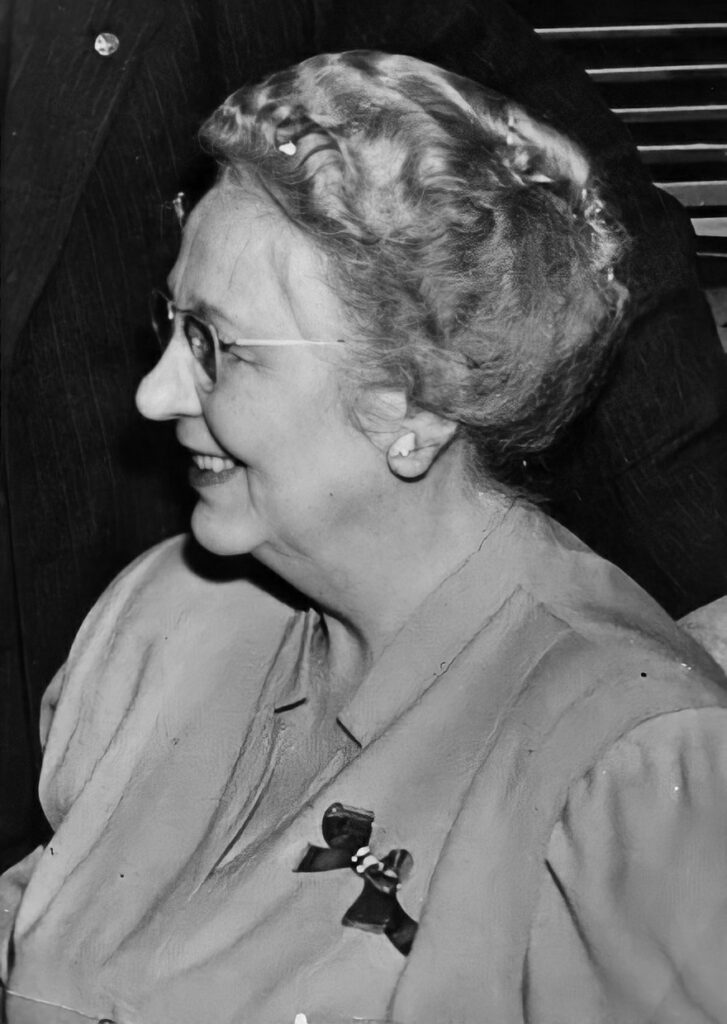
Mary Reeser’s body was found almost totally cremated by police on 2nd July of 1951. While the body was cremated, where Reeser sat and the apartment was relatively damage-free. Her remains completely burned into ash, with only one leg remaining. Her chair was also destroyed. Detectives found her temperature to be around 3,500°F. Some speculate Reeser spontaneously combusted. However, Reeser’s death is still unsolved.
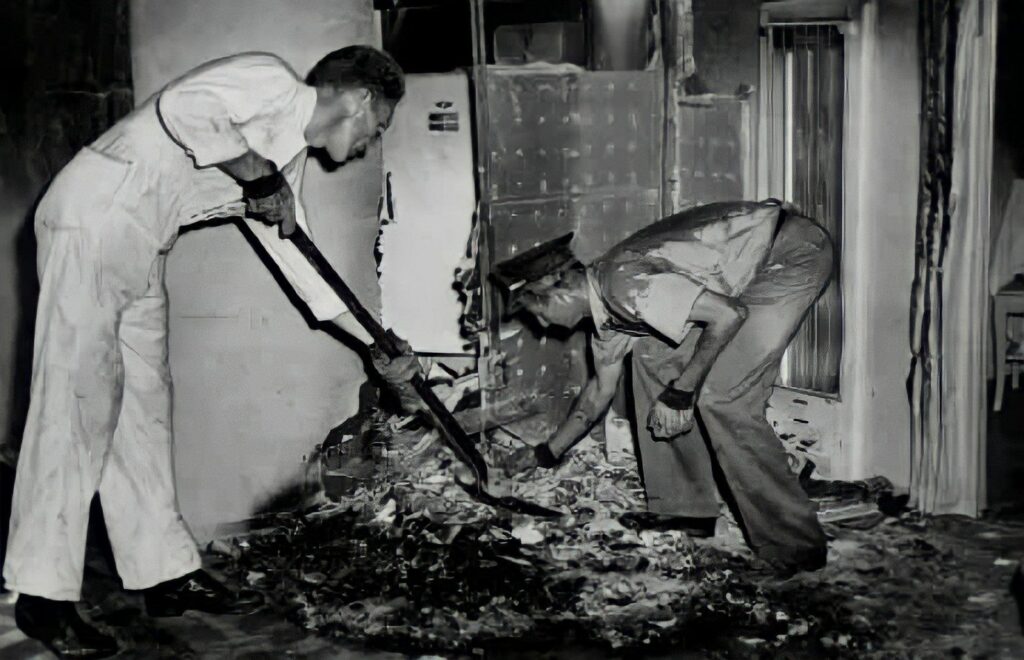
A similar case took place on 28th March of 1970 when Margaret Hogan, an 89-year-old widow who lived alone in a house on Prussia Street, Dublin, Ireland, was found burned almost to the point of complete destruction. The surroundings were almost untouched. Her two feet, and both legs from below the knees, were undamaged. An inquest, held on April 3, 1970, recorded her death by burning, with the cause of the fire listed as “unknown”.
Another case took place on 15th September of 1982, when Jeannie Saffin eventually wrapped into flames while sitting on a chair. Her father, who was the witness of this incident, says he saw flashlight came out of his eyes corner and hands. Then he saw Jeannie covered into flames and didn’t cry or move even.
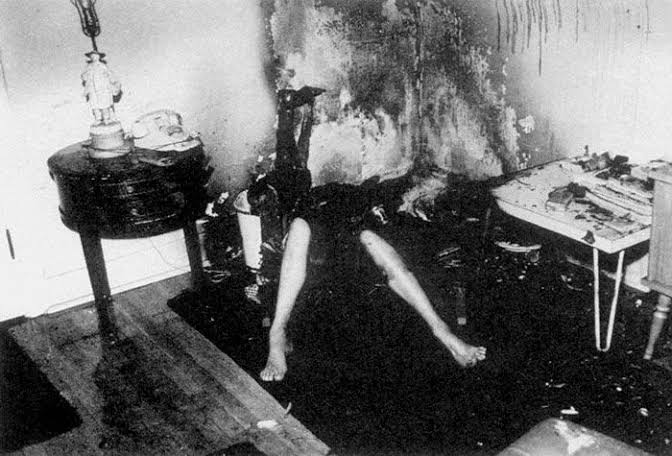
While the investigation was going on, police found no reason for Jeannie’s combustion. There was no sign of burning in the house except Jeannie’s body. The cause of her death is still unknown.
Common Characteristics In All Spontaneous Human Combustion Cases
Hundreds of cases of Spontaneous Combustion occurred since the time it was first reported and have one common feature: The victim is almost completely consumed by flames, usually inside their residence, and medical examiners present reported having smelled a sweet smoke in rooms where the events had occurred.
The peculiarity that the charred bodies had was that the extremities often remain intact. Although the torso and head are charred beyond recognition, the hands, feet and part of the legs may be unburned. In addition, the room around the person shows little or no sign of fire, except for a small residue left on furniture or walls.
In rare cases, the internal organs of the victim remain untouched while the outside was charred. Not every victim of spontaneous human combustion were simply consumed by the flames. Some develop strange burns on the body, although there was no reason for it, or emanate smoke. Not all caught fire has died: a small percentage of people had survived by spontaneous combustion.
Theories Behind Spontaneous Human Combustion
Theories to ignite the human body needs two things: intensely high heat and a flammable substance. Under normal circumstances the human body does not have any of those features mentioned, but some scientists have speculated about the possibility of such events over the centuries.
In the nineteenth century, Charles Dickens ignited great interest in spontaneous human combustion. One of the most popular suggests is that the fire is sparked when methane accumulate in the intestines and is ignited by enzymes. However, many victims of spontaneous human combustion, suffer more damage on the outside than inside their bodies, apparently contradicting this theory.
Other theories speculate that the origin of fire could result from a buildup of static electricity inside the body, or originate from an external geomagnetic force exerted on the body. An expert on spontaneous human combustion, Larry Arnold, suggests that this phenomenon is the result of a new subatomic particle called ‘pyroton’ which interacts with cells to create a micro-explosion. But there is no scientific evidence proving the existence of this particle.
Wick Effect – Another Possibility
One possible explanation is the wick effect, which states that a body in continuous contact with a live coal, a lighted cigarette or other heat source, acts much like a candle. The candle is made of a wick surrounded by a wax acid-resistant. When lighted the candle wax keeps it burning.
In the human body, the fat acts as a flammable substance and the victim’s clothing or their hair as wick. The fat melts from the heat, soak the clothes and acts like wax, keeping the wick burning slowly. Scientists say that is why the victims’ bodies are destroyed without the call to spread the objects around.
Then What About The Photos Of Completely Burned Or Charred Bodies, But With The Hands And Feet Intact?
The answer to this question may have something to do with the temperature gradient ― the idea that the top of a seated person is warmer than their bottom. Basically, the same phenomenon occurs when you hold a match with the flame at the bottom. The flame will often vanish, because the bottom of the match is colder than the top.




